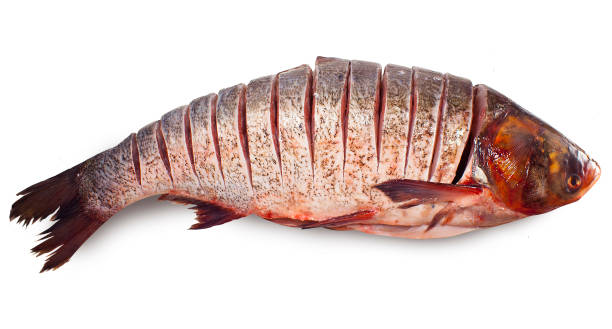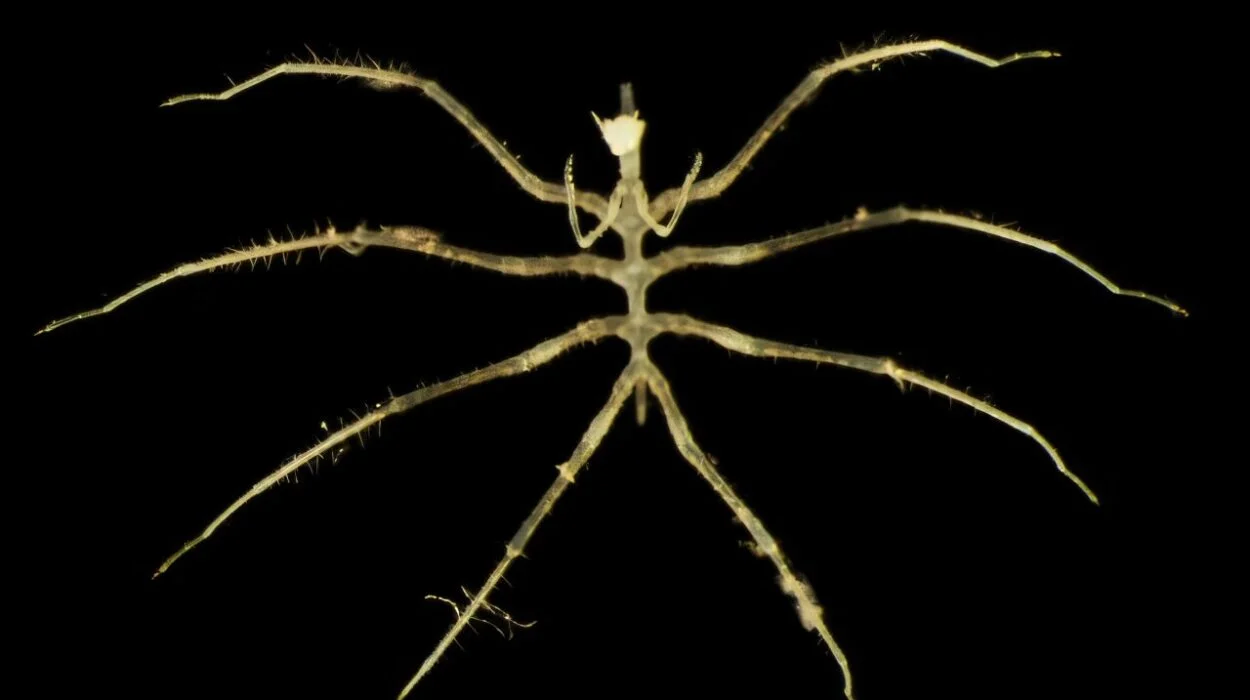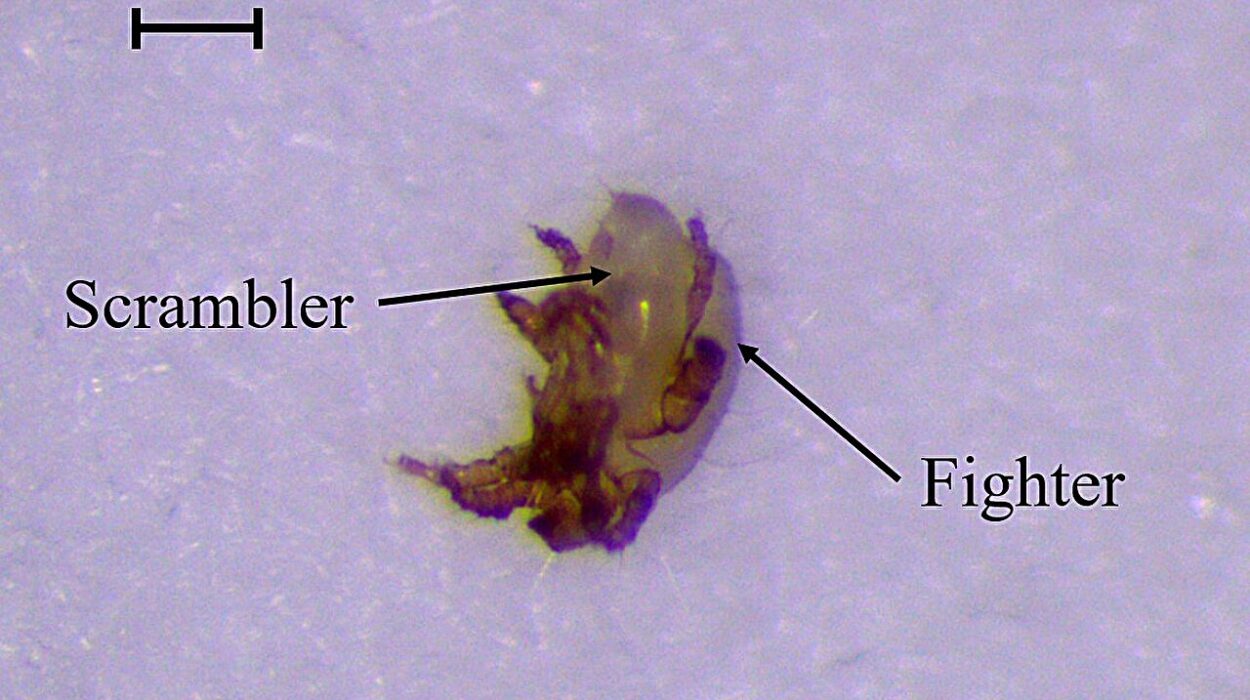Fish—whether wild-caught or farmed—have long been overlooked in discussions about animal welfare. While significant advancements have been made in improving the treatment of land animals, much of the research into the pain and suffering experienced by fish has been lacking. However, a new study published in Scientific Reports sheds light on a critical issue: the hidden pain of fish during slaughter, specifically focusing on rainbow trout and the widely used method of air asphyxia. This groundbreaking research not only uncovers the extent of suffering but also presents practical solutions for improving the welfare of fish in commercial farming and fishing operations.
The study employs the innovative Welfare Footprint Framework (WFF), a novel method that measures animal welfare by quantifying the time animals spend in various states of suffering. This approach allows for a clearer understanding of animal distress, offering a way to compare different welfare interventions. With billions of fish slaughtered every year—up to 2.2 trillion wild fish and 171 billion farmed fish—the research has profound implications for reforming animal welfare practices on a massive scale.
The Reality of Fish Pain: Air Asphyxia and Its Hidden Toll
One of the most common methods of slaughter for farmed fish is air asphyxia, a process that involves removing fish from water and allowing them to suffocate. While it may seem less cruel than some other methods, the study reveals that the pain associated with air asphyxia is far more significant than previously understood.
Rainbow trout, the subject of this study, were found to endure an average of 10 minutes of intense suffering during air asphyxia. However, this duration can vary dramatically, with some fish experiencing distress for anywhere from 2 to 22 minutes, depending on factors such as the size of the fish and the temperature of the water in which they were raised. This translates to an average of approximately 24 minutes of pain per kilogram of fish.
What makes these findings particularly significant is that they are based on a thorough and comprehensive review of existing research, which allowed the scientists to assess the intensity and duration of pain and distress experienced by the fish throughout the slaughter process. These results not only challenge the assumption that air asphyxia is a humane method but also underscore the urgency of reevaluating current practices.
The Welfare Footprint Framework: A New Approach to Animal Welfare
At the heart of this study is the Welfare Footprint Framework (WFF), a novel metric developed by the Center for Welfare Metrics. The WFF is designed to measure the total time animals spend in suffering or well-being during their lives and provides a more objective and quantifiable way of assessing animal welfare. By assigning time-based values to the subjective experiences of animals—such as pain, distress, or comfort—the WFF offers a comprehensive method for comparing different animal welfare interventions.
Dr. Wladimir Alonso, the scientist behind the WFF, explains the significance of this new approach:
“The Welfare Footprint Framework provides a rigorous and transparent evidence-based approach to measuring animal welfare, enabling informed decisions about where to allocate resources for the greatest impact.”
This framework is akin to the environmental footprint or health impact assessments used in human contexts, which makes it more accessible and relatable for anyone concerned with animal welfare.
By measuring animal distress in terms of time, the WFF allows for direct comparisons between different welfare interventions, much like comparing the environmental impacts of various industries or technologies. The flexibility of the WFF also means it can be applied to a variety of contexts, from farmed fish to wild-caught animals, offering a versatile tool for improving welfare standards globally.
The Economic and Practical Viability of Welfare Interventions
One of the key components of the study is its focus on the cost-effectiveness of welfare interventions. Understanding the economic feasibility of implementing changes in the slaughter process is essential for ensuring that animal welfare reforms are both ethical and practical.
The study found that the use of electrical stunning—which renders fish unconscious before they are killed—could significantly reduce suffering. Specifically, electrical stunning could prevent 60 to 1,200 minutes of moderate to extreme pain for every U.S. dollar invested in the capital cost of the equipment. This cost-effectiveness highlights that improving welfare is not only a moral imperative but also an economically viable option for the fish industry.
Another promising welfare intervention is percussive stunning, where fish are stunned with a blow to the head before slaughter. This method has the potential to offer high welfare benefits, as it renders fish unconscious quickly and reduces the duration of pain. However, as the study points out, there are still challenges in ensuring consistency and reliability in commercial settings.
The study’s authors argue that, with appropriate training and technology, these methods could be implemented more widely, thus reducing suffering on a massive scale. Furthermore, the study reveals that interventions aimed at improving pre-slaughter practices, such as reducing crowding and ensuring proper transport conditions, could also significantly enhance welfare. These practices, often overlooked, may actually contribute to greater cumulative suffering than the slaughter process itself.
The Need for Regulatory Change and Industry Reform
The findings of this study are not just academic—they have the potential to drive significant regulatory and industry reforms. As the research demonstrates, with more humane slaughter methods and better pre-slaughter practices, the welfare of farmed and wild fish can be vastly improved. The study could serve as a catalyst for change, encouraging policymakers and industry leaders to take a closer look at how fish are treated.
In particular, the Welfare Footprint Framework offers a transparent and objective tool for making regulatory decisions. By quantifying the time animals spend in suffering, it provides a clear measure of welfare improvements that can be made across the entire food production system. The study’s findings also open the door to the development of better certification standards, ensuring that fish farming and fishing operations adhere to higher welfare benchmarks.
Given the scale of fish slaughter globally, with billions of fish killed each year, the potential for change is immense. The research offers not only a blueprint for improving animal welfare but also a moral imperative for industries that rely on fish for food production. With the right interventions and regulations, the pain and suffering of fish can be minimized, creating a more humane and sustainable food system.
Conclusion: A Path Toward Compassionate and Practical Solutions
The findings of this study represent a major step forward in our understanding of the pain and suffering experienced by fish during slaughter. By focusing on the hidden pain of rainbow trout during air asphyxia, the research provides critical insight into an issue that has long been overlooked. The study’s use of the Welfare Footprint Framework offers a powerful tool for measuring and improving animal welfare, allowing for evidence-based decision-making in the field of fish welfare.
Importantly, the study shows that there are practical, cost-effective solutions that can significantly reduce suffering—solutions that benefit both the fish and the industries that rely on them. By embracing humane practices such as electrical and percussive stunning, improving pre-slaughter conditions, and incorporating the WFF into industry standards, we can move toward a more compassionate and sustainable approach to fish farming and fishing.
The potential impact of these findings is far-reaching, and with the right reforms, we can ensure that the billions of fish killed each year are treated with the dignity and respect they deserve. In doing so, we take an important step toward building a future where animal welfare is at the heart of food production systems worldwide.
Reference: Cynthia Schuck-Paim et al, Quantifying the welfare impact of air asphyxia in rainbow trout slaughter for policy and practice, Scientific Reports (2025). DOI: 10.1038/s41598-025-04272-1






